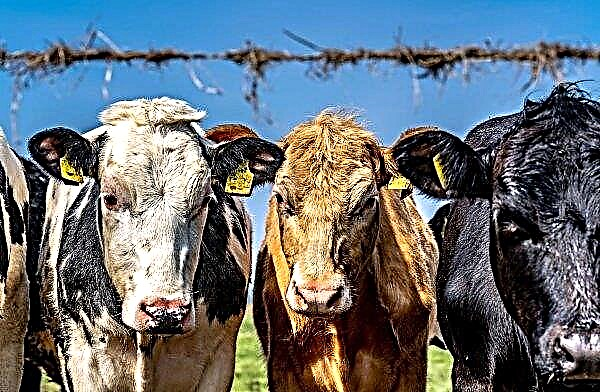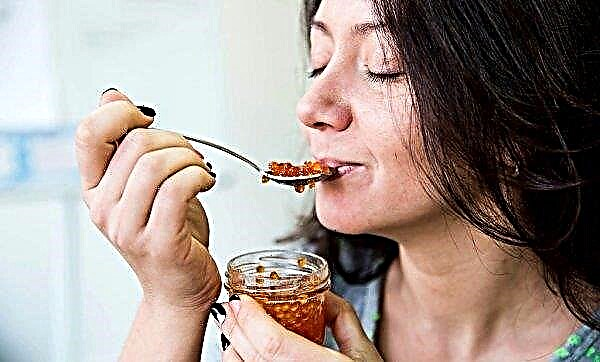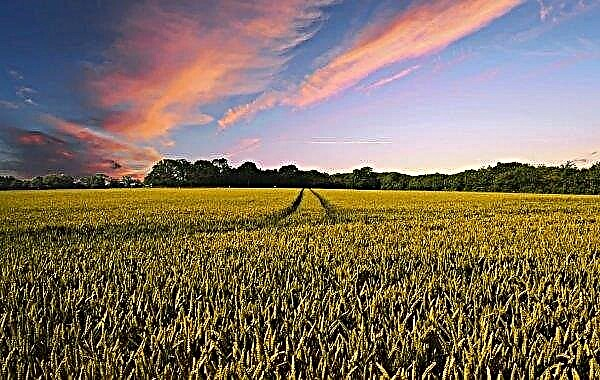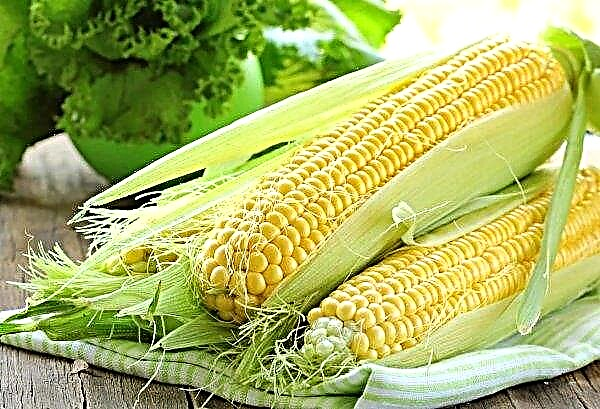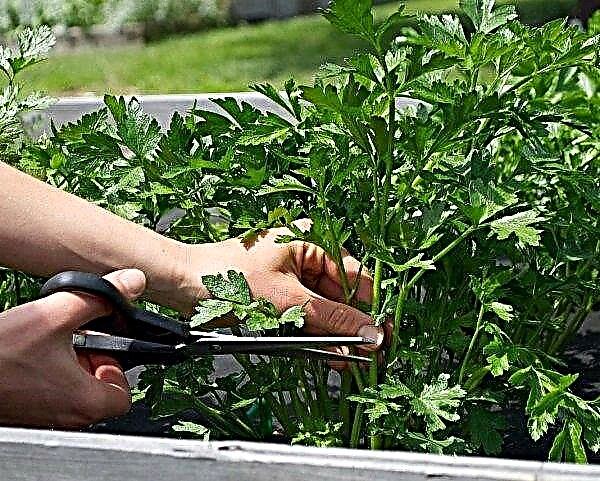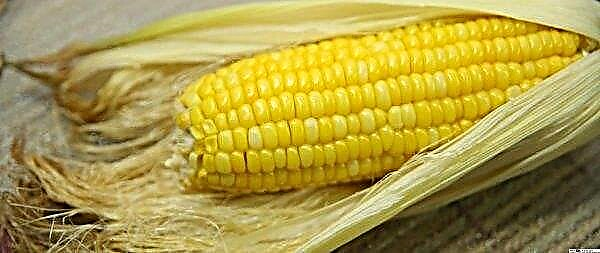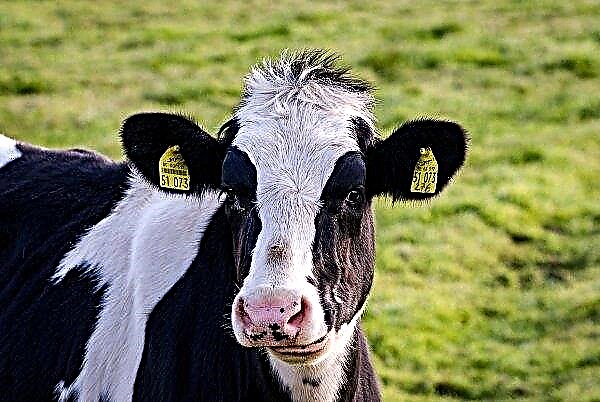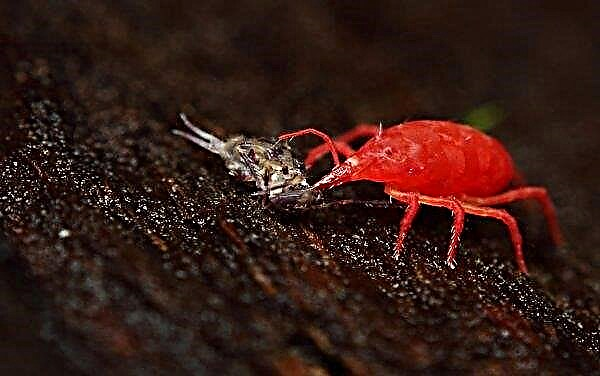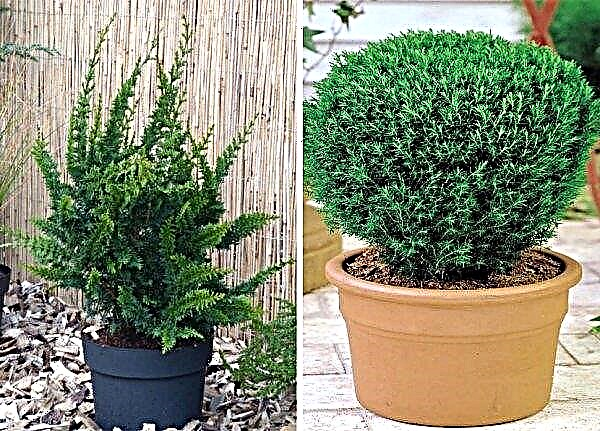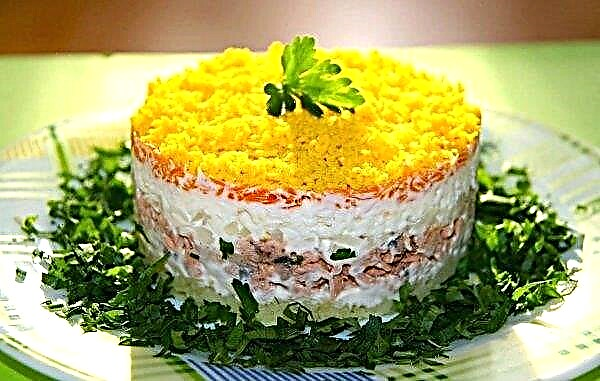Keta is one of the species of Pacific salmon fish. Its beautiful, strong and hardy shoals every year rise up the numerous Siberian rivers to spawn. In Siberia, it is valued as a traditional source of replenishment of winter provisions. In the article you will find a description of chum salmon, its habitat and lifestyle.
Fish description
Chum salmon is a species that belongs to the genus of Pacific salmon, the family of salmon. Adult fish live in the ocean, migrating at the end of life into freshwater rivers for breeding. She spawns only 1 time in her life, and then dies. In the ocean phase of its life, chum looks surprisingly similar to salmon. But when it returns to fresh water, it undergoes sharp morphological changes. Both sexes form rows of horizontal bright red and black tiger stripes. Young chum salmon will develop in their native river, trying to stay close to the shore for protection from predators. Before migrating to the ocean, he will have a dark back and a light color of the belly. Young fish will look for deeper water and avoid the light, while the kidneys and gills change, adapting to the new ocean environment.
Did you know? It is believed that chum salmon reaches the places where it was born in its native river, focusing on the Earth's magnetic field. Although scientists cannot yet prove this or any other theory.
Basic characteristics of the species:
- scientific name: Oncorhynchus keta;
- type: predator migrating (anadromous) from a freshwater river to the ocean at the beginning of life and back at the end;
- habitat: in the northern Pacific Ocean spreads from the Arctic coast of Canada to the northern coastal regions of North America and Asia;
- spawning: only before death;
- spawning time: late autumn - early December, less often in summer;
- food: insect larvae, copepods, mollusks and a variety of fish.

What does it look like
As an adult, young chum salmon gains a metallic bluish-green color along the back and above the lateral line, with abundantly represented tiny dots. The tail is highly bifurcated; it is larger than that of other species of Pacific salmon and has silvery stripes along (but not between) the rays of the fin.
Did you know? Chum skin is so dense that in antiquity it was used to make leather shoes.
As adults travel to spawn in fresh river water, the color and appearance of both sexes change dramatically. Males lose their silver color and acquire a hue from dark olive to brown with red or purple wavy vertical stripes. Hooked teeth appear in the mouth, similar to dog fangs, which is why in foreign sources chum salmon is called dog salmon. Females are painted brown or gray with a wide dark horizontal strip that appears along the lateral line. They also develop front teeth, but they are significantly smaller than males.
 Chum salmon that emerge from eggs have 8–12 vertical, identical in shape dark stripes that do not cross the lateral line. The common color for females and males is dark greenish-brown along the back and pale iridescent green below the lateral line. By the time of migration to the open spaces, young growth is up to 3-5 cm in length.
Chum salmon that emerge from eggs have 8–12 vertical, identical in shape dark stripes that do not cross the lateral line. The common color for females and males is dark greenish-brown along the back and pale iridescent green below the lateral line. By the time of migration to the open spaces, young growth is up to 3-5 cm in length.
How many lives, sizes and weight
The average lifespan of chum salmon in the wild is from 2 to 7 years. At the time of spawning, the female lays from 1,500 to 10,000 eggs, but only 10 of them survive to spawn. The average length of an adult fish is 60–70 cm, and the weight is 4.5–10 kg. The maximum recorded length of chum salmon was 100 cm, and the weight of the specimen was 15.9 kg.
Views
Chum has no botanically described species. It just takes different forms throughout her life. In the fry stage, the fish is adapted to live in fresh water, then, before being sent to the ocean, its body undergoes changes and changes color. Throughout life in the ocean, the fish feeds fat, and as soon as it becomes large enough, it goes to spawn in its native river. At this moment, her body is mutating again.
 Spawning occurs from June to November. Those fish that come from eggs laid in the summer are called summer chum, and later - autumn. The water temperature at the time of the appearance of fry will accordingly be different, so the fish are slightly different in size and development. Autumn are considered larger.
Spawning occurs from June to November. Those fish that come from eggs laid in the summer are called summer chum, and later - autumn. The water temperature at the time of the appearance of fry will accordingly be different, so the fish are slightly different in size and development. Autumn are considered larger.
Habitats where it is found in Russia
The habitat of chum salmon is in the northern part of the Pacific Ocean, in an area stretching from the Arctic coast of Canada to the northern coastal regions of North America and Asia. While at sea, most of the fish remains in the eastern part of the Chukchi and Bering Seas and in the Gulf of Alaska. In North America, fish is distributed throughout Alaska, north of Kotzebue Bay, then schools are lowered along the western coast of the Pacific Ocean to the island of Kyushu in Japan and the Lena River in Russia, in the east they swim to the Mackenzie and Anderson rivers in Canada.
Adult fish almost always return after feeding in the ocean to the rivers from which they originate. The distance traveled to spawning areas upstream varies greatly between populations and regions. At the same time, some individuals remain at the mouth, while others continue to move upstream for thousands of kilometers. Scientists have not found populations that would live only in freshwater rivers that do not have access to the sea.
 On the territory of Russia, chum salmon lives in the basin of the Arctic Ocean, with entry into the rivers flowing into it. Among them: Lena, Yana, Cupid, Kolyma, Indigirka, Hunting and some others. She is met in the Laptev, Chukchi, Okhotsk, Barents seas. In the western Pacific Ocean, fish live up to Korea.
On the territory of Russia, chum salmon lives in the basin of the Arctic Ocean, with entry into the rivers flowing into it. Among them: Lena, Yana, Cupid, Kolyma, Indigirka, Hunting and some others. She is met in the Laptev, Chukchi, Okhotsk, Barents seas. In the western Pacific Ocean, fish live up to Korea.
Lifestyle & Nutrition
Young salmon, hatched in the upper reaches of the rivers, begin to feed on insect larvae, gradually moving to the sea. Having reached it, they live in the coastal zone for several months, feeding on crustaceans, land insects and young herring. As they grow older, fry leave for the ocean. While there, they feed on crustaceans, mollusks and a variety of fish. Having matured, the fish return to fresh water to lay eggs and at this point stop eating. The energy stored in body tissues (fat and muscles) is required to nourish strength during spawning.
Important! If choosing a carcass for cooking, you see growths on the belly (these are parasites), cloudy eyes or flaking scales, then this fish is spoiled, and you should not buy it.
Spawning
Kets spawn from summer to winter. They will spawn in upstream areas to provide oxygen to their developing fry. Females cover the nests with gravel and lay eggs there. After it is postponed, adult fish die. Their carcasses are a valuable source of energy and nutrients for the river ecosystem. It has been proven that they improve the growth and survival of newly hatched young animals by introducing nitrogen and phosphorus nutrients into water streams.

Enemies in nature
While living in the ocean, chum salmon can serve as food for marine mammals. The carcasses of adult fish killed after spawning become fodder for birds, bears, wolves. Hatched fry can be prey of freshwater predatory fish or birds.
Fishing
In the open ocean, chum salmon remains to live quite high in the water column - it rarely plunges below 50 m. A typical habitat depth is 13 m from the surface during the day and 5 m at night. Half of the world catch falls to Chinese fishermen and about a quarter to Russia and the USA, respectively. The industrial catch of wild chum salmon in 2019 (as of September) in Alaska amounted to 17,186,000.
Did you know? Typically, a fish maintains a balance between body fluids and the environment. But when a chum goes to spawn, it can no longer adapt its cells adapted to salt water, which is why they literally explode from the inside.
Chum salmon is considered the least commercially valuable of all salmon species. The meat obtained from it is white, pink or yellowish, low in fat. It is lighter in color and not as greasy as in other species. It is sold fresh, frozen, dried, salted, smoked or canned. As for sport fishing, they spend it at the mouths - where the rivers flow into the sea, at the end of autumn. It is believed that chum salmon fishing is quite difficult due to the large size of the fish.

Chemical composition and calorie content
Keta has a mild flavor. Her meat is characterized by a low sodium content, a large amount of omega-3 fatty acids, niacin, vitamin B12 and selenium. It comes on sale fresh and frozen, but can also be found in canned or smoked form. Her meat is pink, completely different from salmon. The difference is noticeable only in a thinner place in front of the tail. In salmon, the transition of the tail into the caudal fin is thicker.
It contains (in 100 g of product):
- calories: 120 kcal;
- fat: 4 g;
- cholesterol: 4 mg;
- sodium: 50 mg;
- carbohydrates: 0 g;
- protein: 20 g;
- Omega-3 acids: 0.7 g.
 Fish is recommended for children from 4 years old and adults.
Fish is recommended for children from 4 years old and adults.
The benefits of meat and caviar of chum salmon for the body
Chum salmon is one of the valuable nutritious foods. It is rich in protein, vitamin B12, selenium and healthy fatty acids. The latter are necessary to maintain healthy eyes, brain and heart. Fish is crucial for the growth and development of the brain in infants and is very useful when eaten during pregnancy. In more detail the mineral and vitamin composition of the fish is presented in the table below. Data are given per 100 g of product.
Important! The substances contained in chum salmon protect the liver from alcohol during a party.
| Name | % of the daily rate | Weight (mg) |
| Vitamins | ||
| Folate | 7,5 | 30 mcg |
| Niacin | 53 | 8,4 |
| Pyridoxine | 31 | 0,4 |
| Riboflavin | 19 | 0,11 |
| Thiamine | 4,5 | 0,05 |
| Vitamin A | 15 | 453 IU |
| Vitamin C | 6,5 | 4 |
| Vitamin D | 131,5 | 526 |
| Vitamin E | 7 | 1,22 |
| Electrolytes | ||
| Sodium | 3 | 47 |
| Potassium | 8 | 392 |
| Minerals | ||
| Calcium | 2,6 | 26 |
| Iron | 3 | 0,25 |
| Magnesium | 24 | 95 |
| Phosphorus | 41 | 289 |
| Zinc | 4 | 0,44 |
- As for the beneficial properties of the meat of this fish, the following are mentioned by nutritionists more often than others:
- reduction of nausea during pregnancy;
- removal of excess fluid from the body, including that which accumulates in the intercellular space;
- preventing the formation of cancer cells;
- maintaining healthy skin;
- digestive system optimization;
- filling the body with energy;
- decrease in blood sugar;
- hair loss prevention;
- brain development in children;
- neutralization of various inflammatory processes;
- prevention of stroke and vascular disease;
- prevention of bone and tooth diseases.
 Eating seafood helps reduce the risk of developing heart disease, optimizes brain function and supports a healthy body weight. The meat of chum salmon and other salmon is recommended to be consumed 2 times a week to satisfy the body's needs for essential fatty acids, proteins, minerals and fat-soluble vitamins.
Eating seafood helps reduce the risk of developing heart disease, optimizes brain function and supports a healthy body weight. The meat of chum salmon and other salmon is recommended to be consumed 2 times a week to satisfy the body's needs for essential fatty acids, proteins, minerals and fat-soluble vitamins.
Chum salmon caviar is painted in a bright orange color thanks to the useful antioxidant astaxanthin. It increases the resistance of the skin to ultraviolet and is involved in oxidative processes. Caviar is rich in protein, omega-3 acids and vitamin D.
100 g contains:
- 250 kcal;
- 14 g of fat;
- 29 g of protein;
- 3 g of carbohydrates.
 This is a very high quality protein, which is necessary for athletes and people who lead a healthy lifestyle.
This is a very high quality protein, which is necessary for athletes and people who lead a healthy lifestyle.
Taste and application in cooking
Nutriently, the chum salmon has a lower fat content than other salmon salmon, so that it acquires a milder and more delicate taste, while not losing beneficial acids and other trace elements such as selenium and niacin. Due to its low fat content and milder taste, it is suitable for those who do not like the more pronounced aroma of other salmon. At the same time, chum salmon is tasty enough to find application in a variety of culinary recipes.
Important! The duration of the heat treatment of chum salmon depends on the thickness of the pieces. Every 1.5 cm — it's 4–5 minutes of frying, stewing or baking.
Culinary profile of chum salmon:
- meat: light pink or orange;
- texture: dense, coarser than that of salmon;
- taste: soft;
- application: it is possible to bake, fry, grill and deep-fry;
- Fillet share: 70% of the weight of the fish;
- available for catch: from July to November.
To maximize the quality and quantity of caviar, chum salmon is caught at a later stage in the life cycle, during the spawning phase. At this time, the meat becomes softer and less aromatic. In the phase when the fish is in the ocean, its flesh is of high quality and its appearance is indistinguishable from salmon.
Keta is the most numerous and valuable fish of the northern regions. She lives in small schools in the upper layers of the water, where there are many crustaceans and small fish - her main food. Thanks to good nutrition, adults weigh about 5 kg and acquire excellent taste qualities that allow her to count on a place in your diet.

